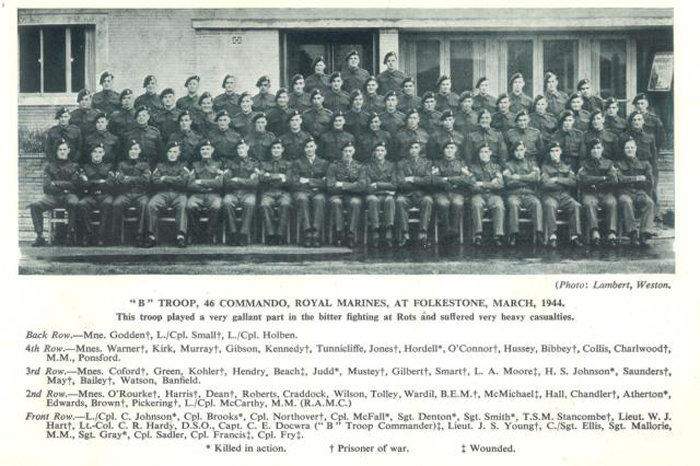Today is the 2nd April 2023 and it is the second day of Paul’s Battlefield Tour in Normandy. We started at Pegasus Bridge. Operation Deadstick. Six Horsa Gliders took off from Tarrant Rushton in Dorset to capture the bridges over the River Orne and Caen canal. (Three gliders per bridge) It was led by Major John Howard and the Glider Infantry men of the Ox and Bucks. The three gliders for the bridge over the Caen Canal all landing within yards of the bridge, while two of the three other gliders landed close to the bridge over the Orne.

The attack happened in the early hours of the 6th June and once the bridge was captured it had to be held until the troops could be relieved. Also, the troops of the 1st Commando Brigade had to get across the bridge to move onto the ridge and secure the eastern flank of the D-Day beaches with the Paras and Glider Regiment soldiers. The commandos were landing at Sword beach at 06:00 and would advance to the bridges for 11:00am. The famous meeting of Lord Lovat, his piper Bill Millen and commandos meeting John Howards men only seven minutes late.

Paul then took out to the observation bunkers at Merville-Franceville. The massive blockhouses situated with great views across the estuary and in communication with guns batteries such as Merville were to be used to pin point fire onto Sword beach.

From there we then travelled to Amfreville and Paul explained how the commandos approached, came into contact and pushed through the village. Paul also showed us a great viewing position, which looked over the Orne estuary and Sword beach. Amfreville is the site with the first D-Day memorial. It was to the 1st Special Service Brigade. It was inaugurated on the 14th July 1944 and a ceremony took place in front of the church attended by commandos and the local population. Another to No 4 Commando was also inaugurated in Hauger on the same day. These are the oldest memorials to the Battle for Normandy.


We visited the landing position on Sword beach for 46 Royal Marine Commando. Paul explained that in a local church yard, there we two commando graves for Operation Chopper which was a reconnasonce operation in September 1941. The two commandos were killed and buried by the Germans.

We followed 46 Royal Marines Commando to the village of Rots. 46 Royal Marines Commando was requested to assist the 8th Canadian Infantry Brigade and tanks of the Fort Garry Horse. The 46 Commando were to spearhead the attack in four phases. The final phase was the attack on Le Hamel and Rots. Starting at 06:15 the commando at 17:30 were entering Le Hamel, the final phase. Y & S Troop encountered heavy opposition from 1 Coy 26 PGR of the 12 SS Pz Div. Troops A & B passed through into Rots and encountered two Panther tanks which were destroyed by Canadian Shermans.


Street fighting erupted and by dusk both towns were in allied hands. The SS now knew what it was like to fight against the Commandos with their excellent urban training. There were 122 Germans killed and 8 prisoners. The Commandos lost 17 killed, 9 wounded and 35 missing. (This is from the War Diary and you can see below the death toll was a little higher.)

One of the notable German deaths was Hans Pfeiffer who was Adjutant to Hitler in 1943. He was decapitated by a shell while sticking his head out of his tank.


Thanks Callum. Good tribute to the Royal Marine Commandos.
Thanks for your comment Susan and hope you are well.
I am in Ypres now and will be posting some World War I pages over the next couple of days.